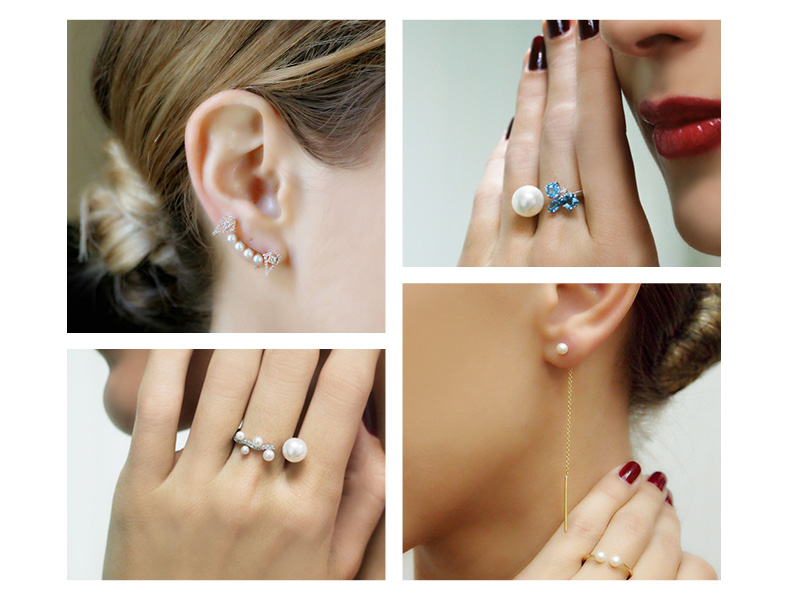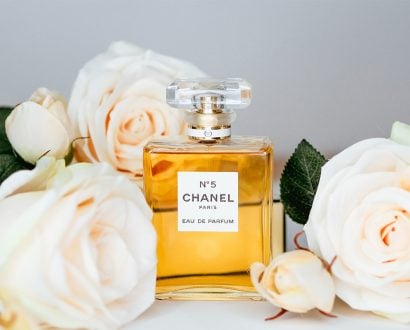With a name that meshes the word ‘pukka’ (meaning genuine) with ‘pluck’ (to have courage and resolve), Plukka and its CEO Natalia Obolensky regularly portray both elements of its portmanteau namesake. As the jewellery industry’s only global omnichannel retailer, the brand is committed to creating a whole new customer experience — from the unique design of the products, the browsing and purchasing scheme, to how the jewellery is worn and enjoyed. Natalia chats with The CEO Magazine about the brand’s key point of difference and her plans for the future of Plukka.
What separates Plukka from its competitors in the fine-jewellery retail sector?
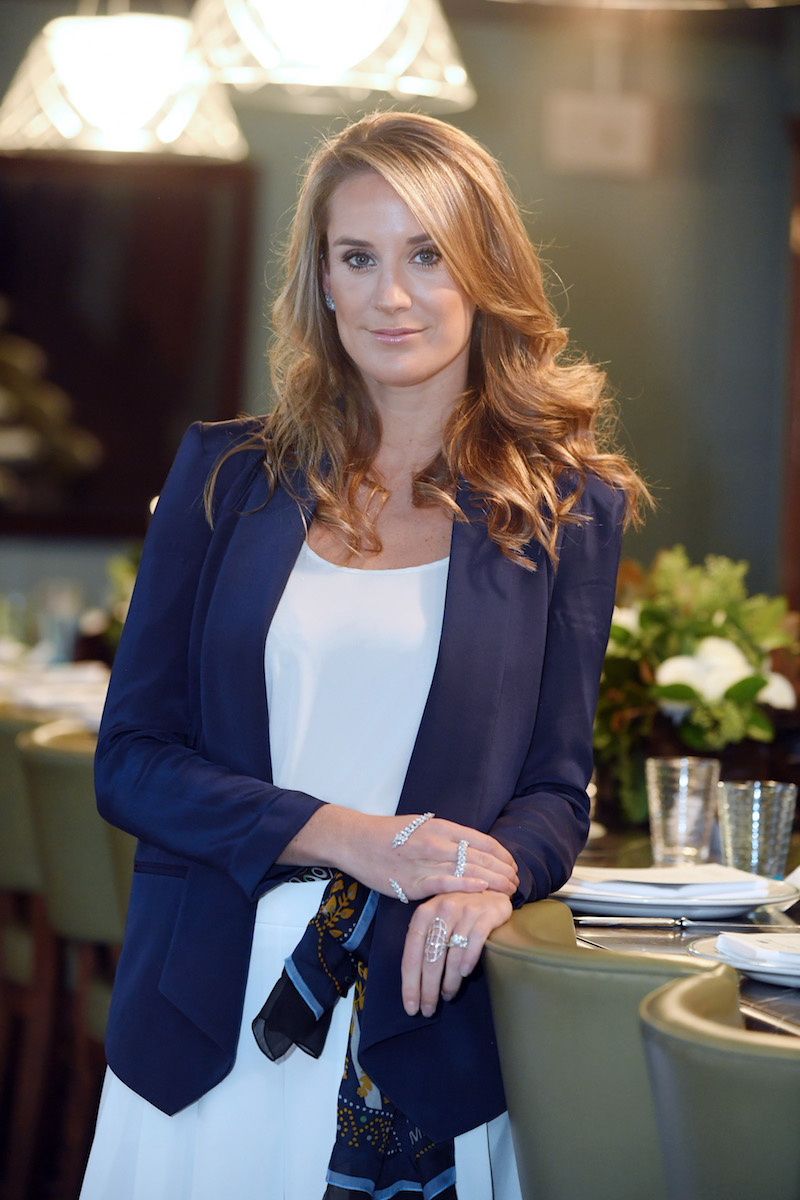
Natalia: We operate in an e-commerce, low-inventory business model, and we have an exciting and different offering for our consumers. There has not been a strong offering for jewellery that is refined but also fashionable, exciting and different, especially not online. Sure, there are ‘mum & pop’ boutiques and larger department stores, but there is not a lot of risk-taking being done in the jewellery market. To find and create exciting new pieces, you must be willing to take on a little bit of risk.
As an industry, jewellery hasn’t quite got around to achieving that yet, so we’re doing things like collaborating with new people for designs, and asking: who are the influencers? What are the contexts and causes that our customers care about, and how can we bring these things together to be able to make an impact in a busy sector? If anything, one of the biggest problems in the retail industry is that it’s not changing quickly enough, so we’re ahead of industry trends.
How do you select designers to create your unique jewellery pieces?
We sell our own brand, but we also sell other popular brands, which ensures that we continue to have access to design talent while allowing us to try a few different positions in the market. We’re trying to attract the most creative jewellery designers that hold value in and of themselves.
We also have some quite exciting collaborations with other people. Robert Wilson, a renowned artist in Europe who produces operas and live performance art, has designed a proprietary collection for us, which is something completely different. We’re also looking at talking to musicians, architects, and supermodels to design unique pieces for us that we hope will resonate in this market and drive our online growth more.
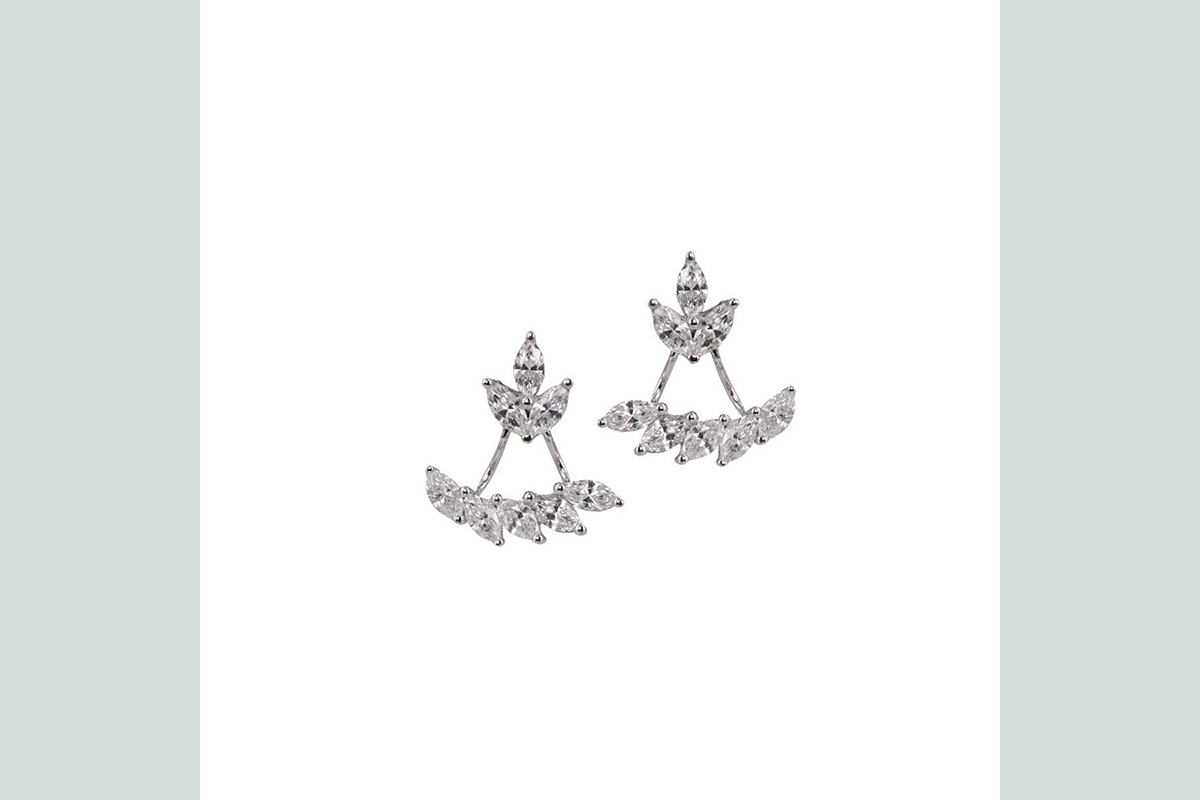
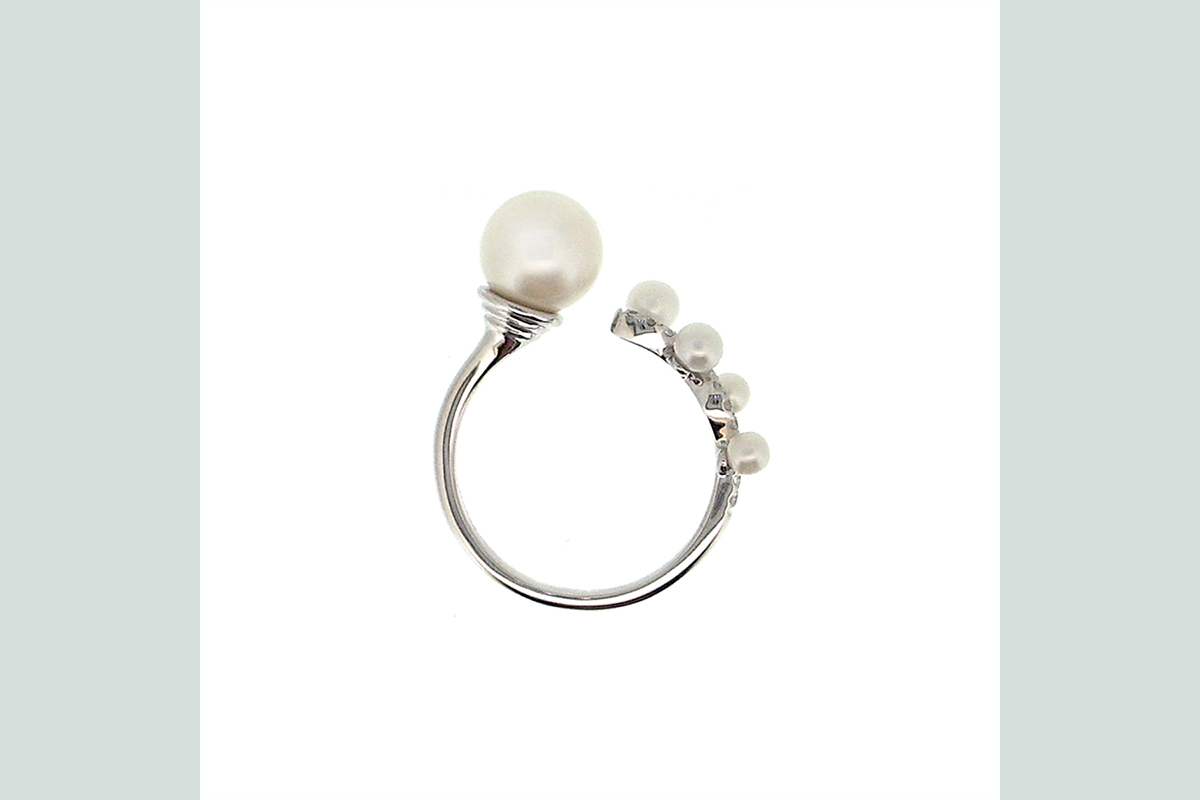
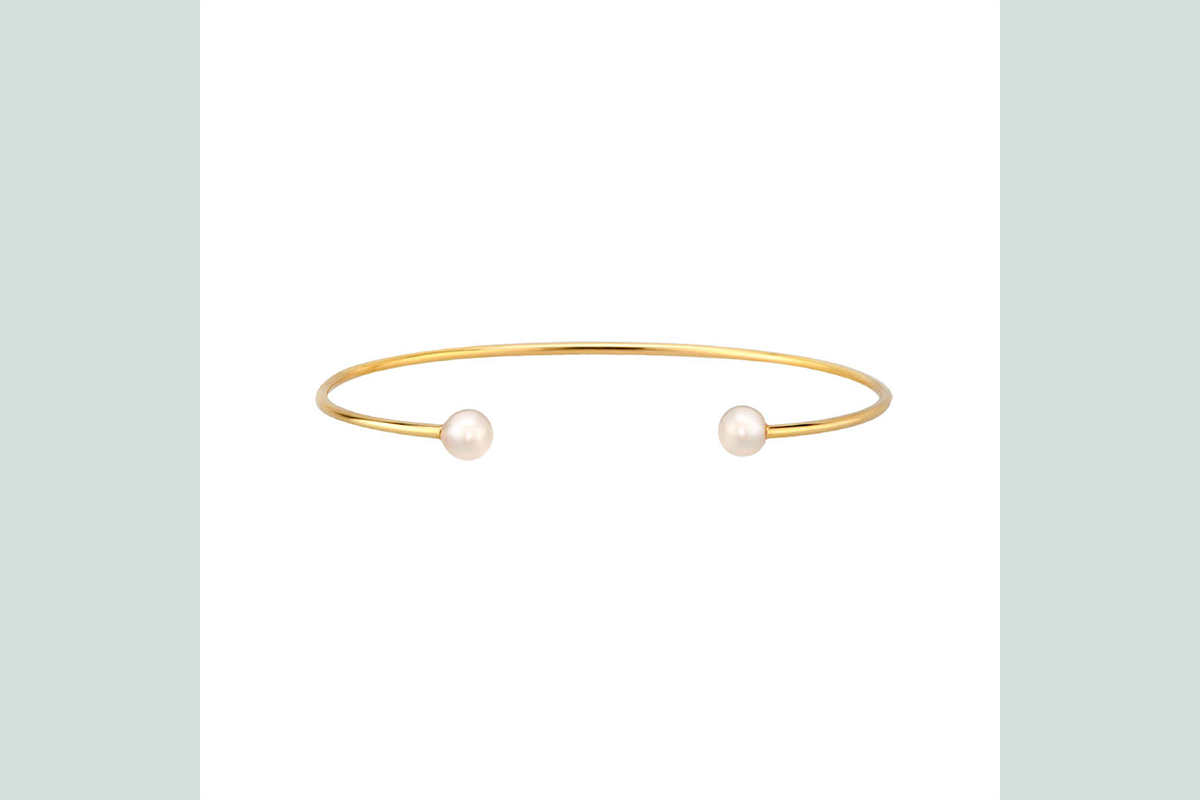
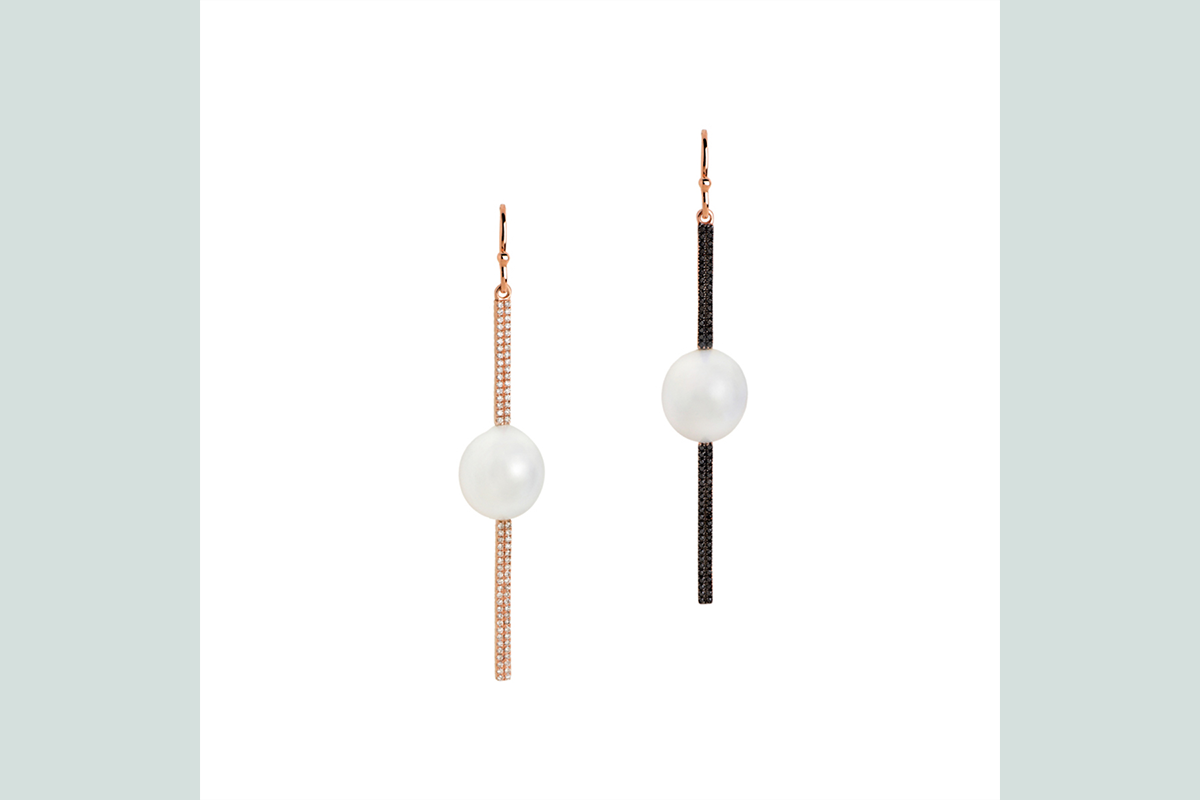
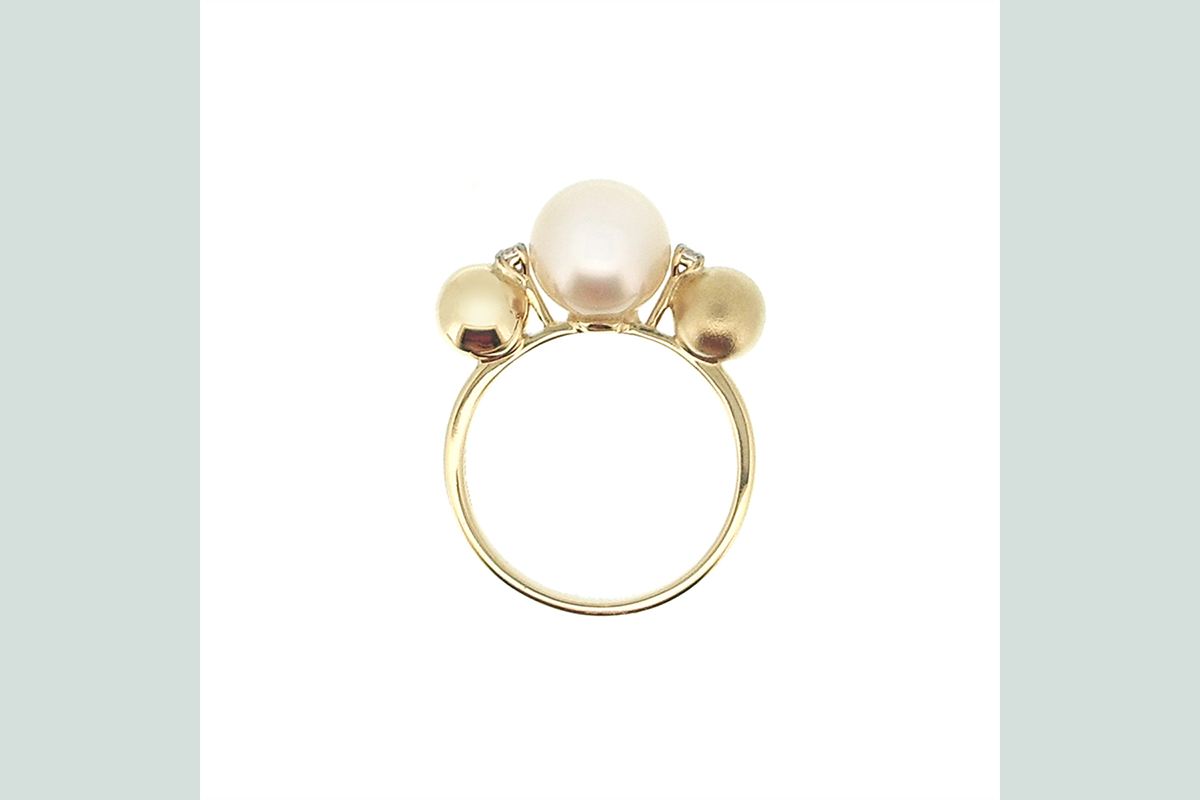
Plukka is also strategically aligned with an upstream manufacturer that makes our products for us, and we have a very transparent loop with them. We are always learning from what our customers are telling us, what requests they might have — “Can I have it in silver, not gold? Can this be 18 carats instead of 14?” etc. — and continue to evolve and create pieces of jewellery that speak to them.
How would you describe your target market?
We have had a very broad market that caters to all sorts of people, but I’m trying to narrow down our focus. We’re in the category of ‘affordable luxury’, and we want our items to be fashionable, but not out of reach — a real statement piece. The woman wearing Plukka jewellery is probably carrying a new-season handbag or wearing designer shoes but paired with a Zara dress, so she’s not head-to-toe expensive designers, but there’s an element of being fashion forward. Currently, there’s no good place for that woman to go online to buy with a high-quality guarantee. I’m making sure we deliver on those promises.
Do you also showcase your jewellery in bricks-and-mortar stores?
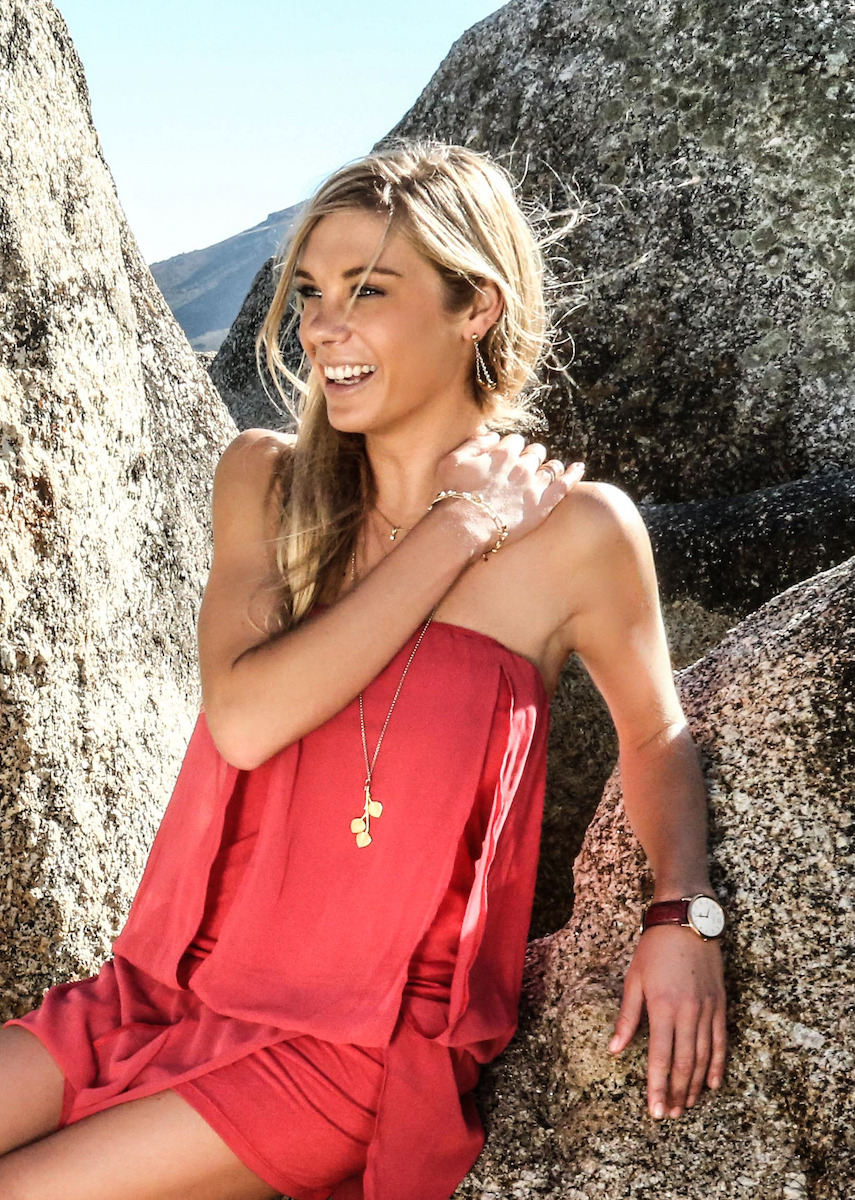
We do have offline boutiques, but those mostly serve as an interface for our online sales. Particularly with the higher price point, offline stores are important for first experiences. We are convinced that much online conversion exists because somebody has come to our physical shop or an event, seen the quality, and is then happy to purchase one or two things from us per year on our digital portal.
Having an in-the-flesh experiential piece complementing the online presence is where the market is going to end up. We’ve seen some other pure e-commerce players start to open physical stores, whereas the purely offline brands are being quite slow in shifting online. In the stores that we have in New York, London and Hong Kong, we’re hosting a projector with images, as well as a mini museum with pieces we have for sale with information on the design and creation of the pieces, and what they represent.

